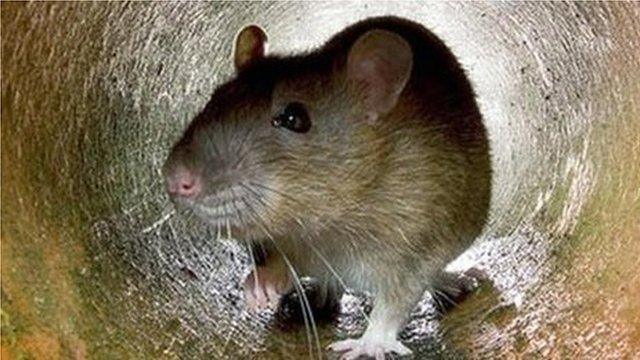Kuki's 'great job' finds no rodent threat on isles
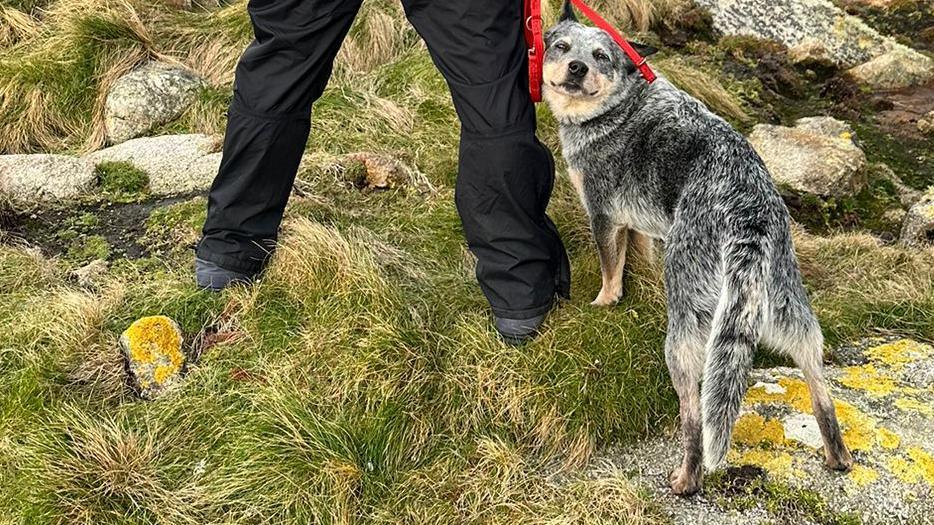
The detection dog Kuki was deployed to St Agnes, Gugh and Annet on 10 and 11 February
- Published
Fears for the safety of endangered wildlife breeding on some of the Isles of Scilly have been allayed by a detection dog's work.
Kuki, an Australian Cattle Dog, was deployed with her handlers to St Agnes, Gugh and Annet to search for signs of rodents on 10 and 11 February.
In autumn the Isles of Scilly Wildlife Trust (IOSWT) said probable signs of a mouse had been found on St Agnes which could pose a threat to its population of storm petrels.
After Kuki's visit the chief of Isles of Scilly Wildlife Trust (IOSWT) Julian Branscombe said: "There were no signs of rats, great job from Kuki!"
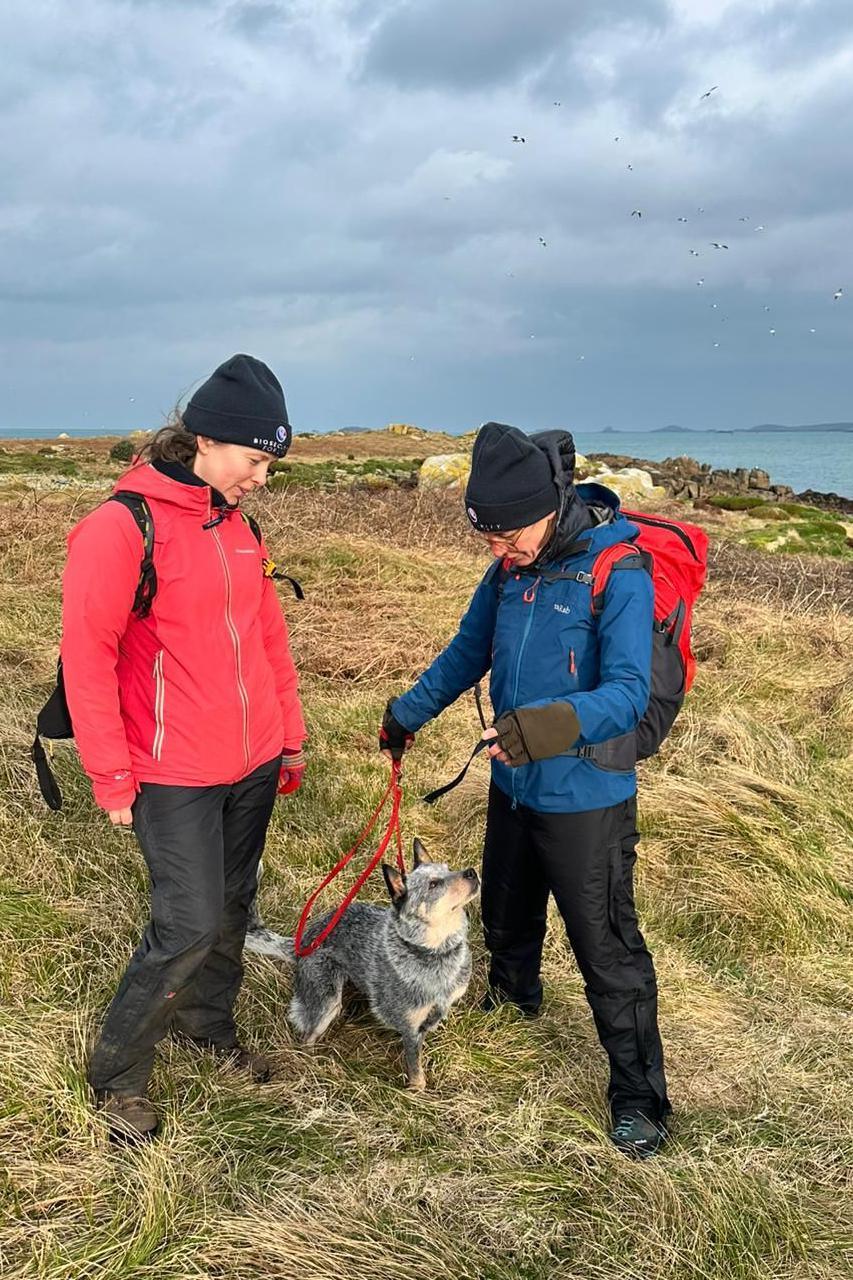
Tessa Coledale said rodent detection was "like a big game" to Kuki
Mice and rats were previously eradicated from the islands because they would eat birds' eggs.
Laura Bambini, of the Royal Society for the Protection of Birds (RSPB), and Tessa Coledale, from Biosecurity for England, lead Kuki's mission.
Ms Coledale said: "Kuki is fully focussed on sniffing out rats and it's all like a big game for her, really."
However, Kuki's work was of serious consequence for the endangered bird colonies breeding on the islands, she added.
She said: "Annet has the largest and most diverse number of seabirds in the Isles of Scilly with 6,000 pairs of breeding birds."
Mr Branscombe said: "Annet is an important wildlife sanctuary, with significant populations of endangered species breeding here every year.
"That includes storm petrels, Manx shearwaters, puffins, gulls and grey seals."
He said the wildlife was sensitive to disturbance so team members only visited the 54 acre (22 hectare) island "when absolutely necessary" to check the health of its ecosystem.
Follow BBC Cornwall on X, external, Facebook, external and Instagram, external. Send your story ideas to spotlight@bbc.co.uk, external.
- Published10 February
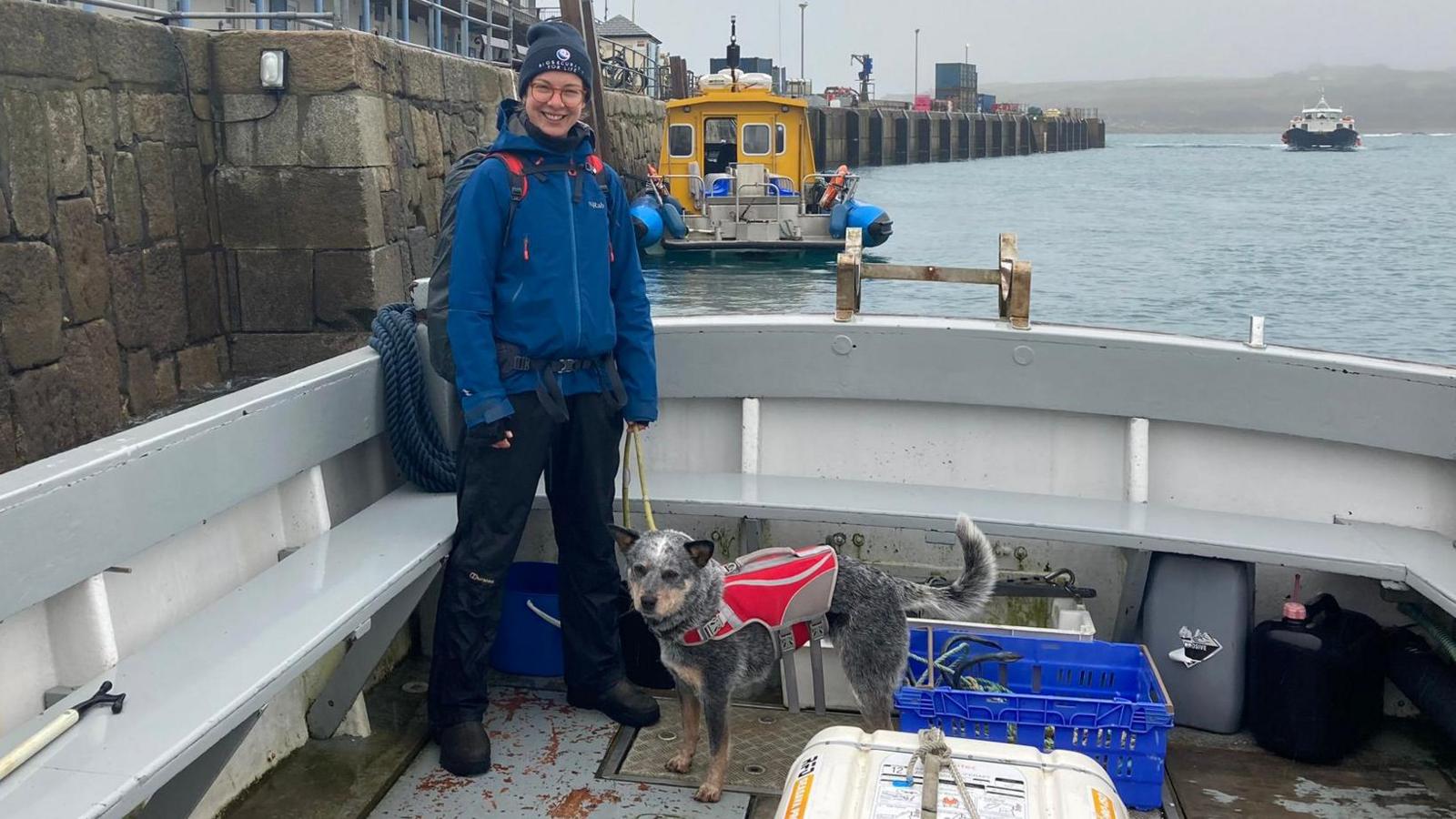
- Published28 November 2024
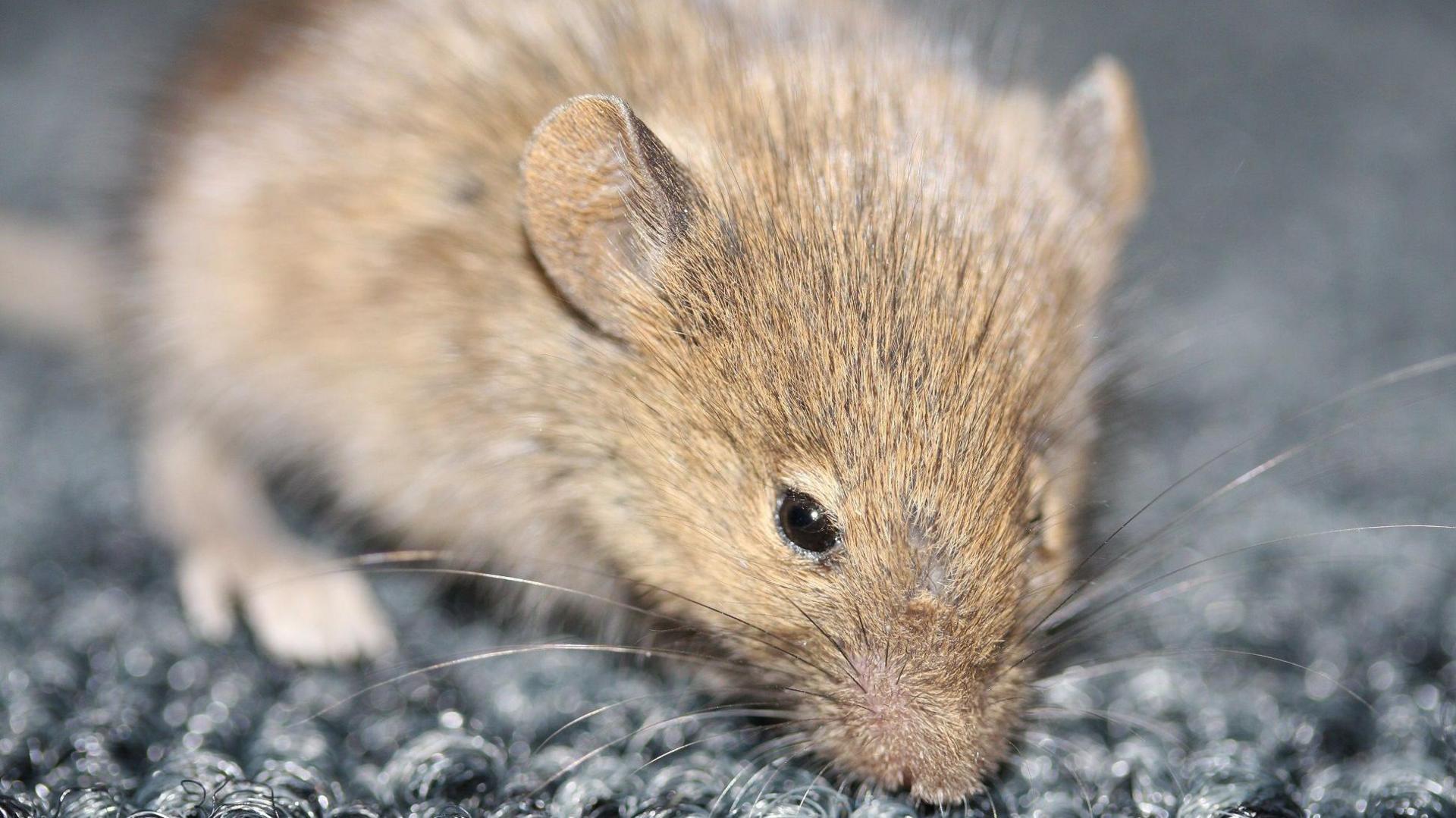
- Published6 November 2024
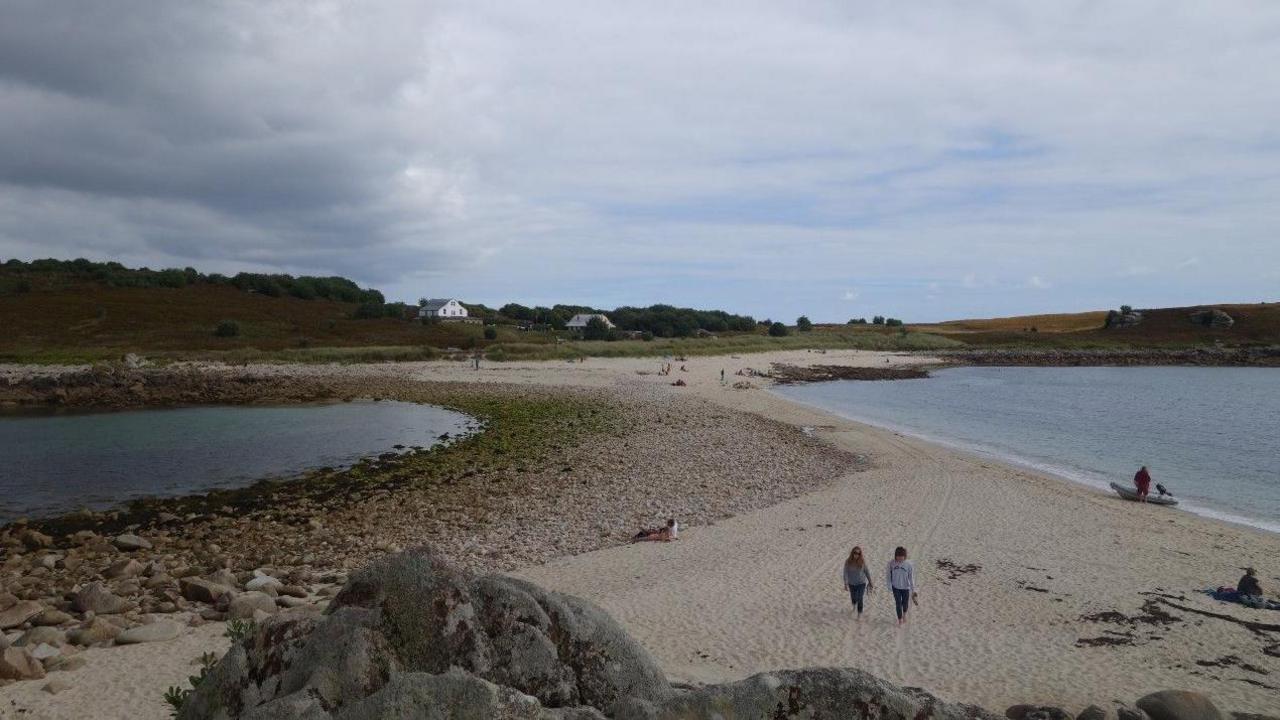
- Published13 February 2016
